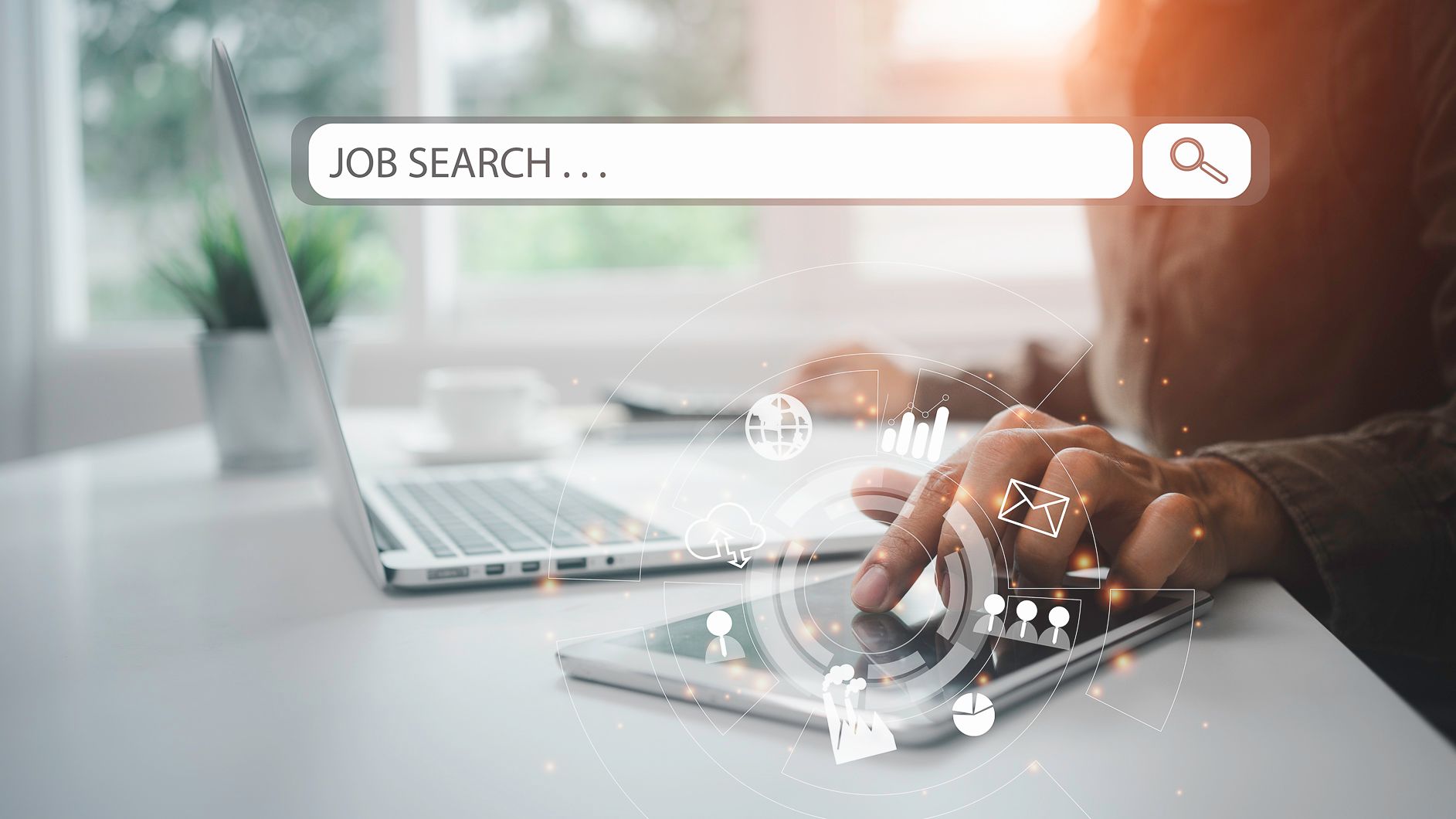As an employer, you have a legal and moral obligation to ensure your staff are safe at work – both physically and mentally. While physical wellbeing is often easier to monitor, there are many things that you can do to look out for your employees’ mental health.
Many factors can contribute to workplace stress
Mental health and wellbeing is a silent killer in industries like construction and engineering. For example, the construction industry has one of the highest suicide rates in Australia, with over 190 people taking their life each year. Construction workers are six times more likely to commit suicide than die from an industrial accident, with workers under the age of 25 most likely to commit suicide.
There are several factors that add to the stress of young workers. These include:
- Long working hours
- Physically demanding work
- The many hazards of their work
- Insecure employment contracts
- Bullying
Each of these issues can occur in an organisation at the same time but they may require different approaches. For example, according to a parliamentary inquiry, almost 25% of all apprentices experience bullying in the workplace. Bullying is repeated and unreasonable behaviour directed towards a worker or group of workers that puts their health or safety at risk. So, if your business has a significant number of apprentices, you may need to pay particular attention.
To identify what issues directly affect your employees, you can create an action plan.
An action plan can help you address issues
Organisations like Mates in Construction and Heads Up provide resources that can help you put together a mental health action plan to create a work environment that promotes mental wellbeing.
According to Safe Work Australia there is a four-step process that you can follow to put together an action plan. This involves:
- Identifying what hazards are relevant to your workplace: You can do this by looking at a range of data including absentee records, staff turnover, complaints, one-on-one feedback and personal observations.
- Assessing if the risk is necessary: Some jobs involve a level of risk that is necessary and often unavoidable. In assessing the risk, consider the type of hazard, how long people are exposed to it and whether it affects individual workers in different ways.
- Control the risk: Employers are required to eliminate risks or minimise them wherever possible. How you achieve this will depend on the risk identified and how it impacts your employees.
- Maintain and review controls: Once you have put in place controls these need to be measured regularly to ensure they’re effective.
Put your employees on a path to mental wellbeing by partnering with an agency who can help you.



